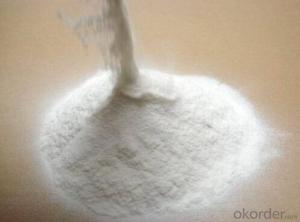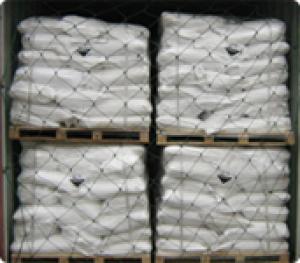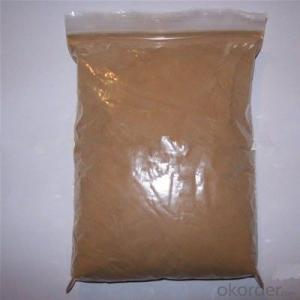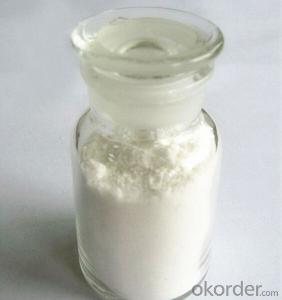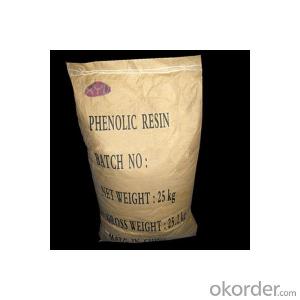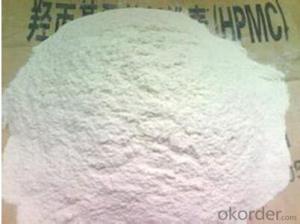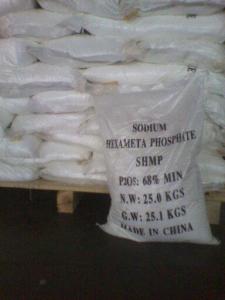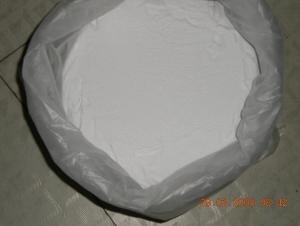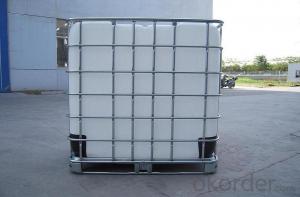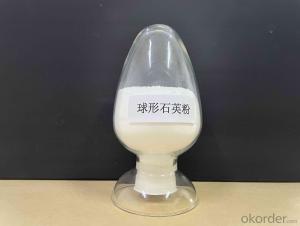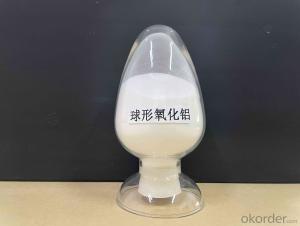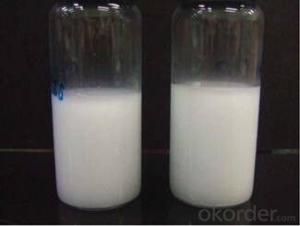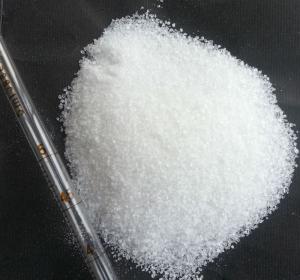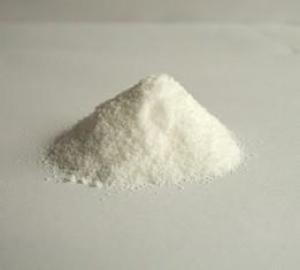Hydroxypropyl Methyl Cellulose (HPMC)-for plaster
- Loading Port:
- China Main Port
- Payment Terms:
- TT OR LC
- Min Order Qty:
- -
- Supply Capability:
- -
OKorder Service Pledge
OKorder Financial Service
You Might Also Like
Hydroxypropyl Methyl Cellulose (HPMC) is non-ionic cellulose ether, made by natural high polymer cellulose as raw material and series of chemical processing. They provide water retention and cohesiveness to mixtures. With special modification, it can be used to control thickening, water demand, workability, sag resistance, strength and other important properties of the final product.
It is widely used as thickener, adhesive, water preserving agent, film-foaming agent in building materials, industrial coatings, synthetic resin, ceramic industry, medicine, food, textile, agricultural, cosmetic and other industries.
Physical and chemical index:
CAS: 9004-65-3 | INDEX | ||
60SS-E | 65SS-F | 75SS-K | |
Hydroxypropyl % | 7.0-12.0 | 4.0-7.5 | 4.0-12.0 |
Methoxyl % | 28.0-32.0 | 27.0-32.0 | 19.0-24.0 |
Gel temperature ℃ | 58-64 | 62-68 | 70-90 |
Moisture % | ≤5.0 | ||
Ash content % | ≤1.0 | ||
Viscosity mpa.s | 100-200000 | ||
≥70 | |||
Whiteness % | ≥75 | ||
Bulk density g /l | 370---420 | ||
Appearance | white or off-white fibrous or granular powder, odorless, tasteless | ||
Package:
25kg/package. Use polyethylene film cardboard or plastic polypropylene woven bag package.
Plaster/Render
Cement based plaster/render is the finishing material that can be applied to any interior or exterior walls.
HPMC plays an vital role in improving various properties like sag resistance, workability, water retention, thickening effect and so on.
Recommend grades: HPMC 75SS-K (100000mpa.s-200000mpa.s)

- Q:My mom asked me if I‘m on drugs today. Like, she honestly asked me, and of course I said no. Because I would never do something like that. So then I proceeded to lock myself in my bedroom, drowning in my tears, so hurt that she would think I‘m on drugs.and she told me she‘s sorry. Then she said that she recently read about how there are additives put into our food, and it can manifest itself in our bodies like drugs do. Is she right, or am I just a crazy person? Because I KNOW I‘m not on drugs.
- Some additives can affect people who are sensitive to them, but I don't think it's your food. You live with your mom, so I'm guessing you're a teen? This is NORMAL behavior for a teen. Your hormones are at the strongest they'll be in your life, and they can definitely make you spaced out at times, as well as super emotional. Don't worry, your hormones will normalize and your emotions and brain will all settle down and start to work a lot better in a few short years!
- Q:We always talk about additives and the big brewers do not want to list them (even a few) but what are they?
- Ininglass is an additive for finning beer. Cobalt was once used as a foam stabilizer.(no longer used) Probably BHT and others. I have read once that more than 50 even a 100 additives were used in some beers.
- Q:Can someone please explain to me in layman‘s terms the difference between additive and subtractive colors? I have looked for this on the web but it is all to confusing.
- Subtractive colors the colros are generated from the light source in the area. like the sun, a flash, lamps etc. When you print you are using subtractive colors. CMYK Cyan Magenta Yellow and Black. printed materials will be printed in using these colors. Light will hit the ink and it subtracts everthing except that color. so when you look at a cyan (light blue) color on an ad in a magazine the light is hitting the paper and all the other colors in the sepctrum are being removed thus allowing you to see just the cyan. and if I want purple I need to subract the with cyan and magenta inks Additive colors are Red Green and Blue. These are used on things like computer screens and TV's. The main source of the color is the electronics it's self. since it is generating the colors nothing gets subtracted only added. thus they are additive colors. so to make purple I need to add blue and red.
- Q:1) .4 2.)-1.6 please explain how u got ur answer:) thx * a website attached would b great
- The additive inverse is that number which when the original number is added to it produces a sum of 0. 1) .4Additive inverse -.4 The multiplicative inverse of a number is that number which when multiplied by the original number produces 1. 1).(0.4 * (2.5)) 1Multiplicative inverse is (2.5) 2) Additive inverse is +1.6 Multiplicative inverse is (1 / - 1.6) -(5/8) .
- Q:B-carotene is a food additive?
- Is a food additive. Β-carotene, but also orange fat-soluble compounds, it is the most common in nature and the most stable natural pigment. It is present in plants in plenty, so that fruits and vegetables have full yellow and orange. Beta-carotene is also used as a colorant for food (eg margarine). At present in China to allow the use of synthetic pigments are amaranth, carmine, red red (cherry red), new red, temptation red, lemon yellow, sunset yellow, bright blue, indigo and their respective aluminum lake. As well as synthetic beta-carotene, sodium chlorophyll and titanium dioxide.
- Q:What are some food additives/ingrediants to avoid when one has ADHD?
- If it is true ADHD then foods wont affect it. Some people who are allergic to some foods might have symptoms that look like ADHD but aren't ADHD. ADHD is not a food allergy.
- Q:The food additive is trisodium phosphate or sodium dihydrogen phosphate
- Trisodium phosphate and sodium dihydrogen phosphate in the food additive GB2760 have, sodium dihydrogen phosphate function: water retention agent, used in infant formula and weaning food; trisodium phosphate function: moisture retention agent, stabilizer, acidity adjustment Agent, used in dairy products, oil products, prefabricated meat products, cooked meat products and beverages.
- Q:is it ok to buy additives over the counter and add them to the oil?
- If you want to, but why would you. Motor oils have all the additives you need unless you have some very special operating conditions. Some of the over the counter additives will actually cause oil to gum or burn. Most of them would void a warranty. If your engine is worn out additives will not make it new. Leaking gaskets and seals can be fixed very temporarily with some additives but they actually are weakening the seals. These things are usually added just before you sell the car to a stranger.
- Q:How many kinds of illegal additives are there in the bread cake
- GB2760-2017 and the Ministry of Health announced in the various provisions of the various food allowed to use the additives and the use of bread at least 20 kinds of other, in addition to be regarded as illegal additives. Legitimate additives beyond the upper limit of the amount used, called excessive use of additives, is also illegal.
- Q:Can you answer the question above?thanksKelly
- The additive inverse is 3 The multiplicative inverse is -1/3
1. Manufacturer Overview |
|
|---|---|
| Location | |
| Year Established | |
| Annual Output Value | |
| Main Markets | |
| Company Certifications | |
2. Manufacturer Certificates |
|
|---|---|
| a) Certification Name | |
| Range | |
| Reference | |
| Validity Period | |
3. Manufacturer Capability |
|
|---|---|
| a)Trade Capacity | |
| Nearest Port | |
| Export Percentage | |
| No.of Employees in Trade Department | |
| Language Spoken: | |
| b)Factory Information | |
| Factory Size: | |
| No. of Production Lines | |
| Contract Manufacturing | |
| Product Price Range | |
Send your message to us
Hydroxypropyl Methyl Cellulose (HPMC)-for plaster
- Loading Port:
- China Main Port
- Payment Terms:
- TT OR LC
- Min Order Qty:
- -
- Supply Capability:
- -
OKorder Service Pledge
OKorder Financial Service
Similar products
New products
Hot products
Related keywords
